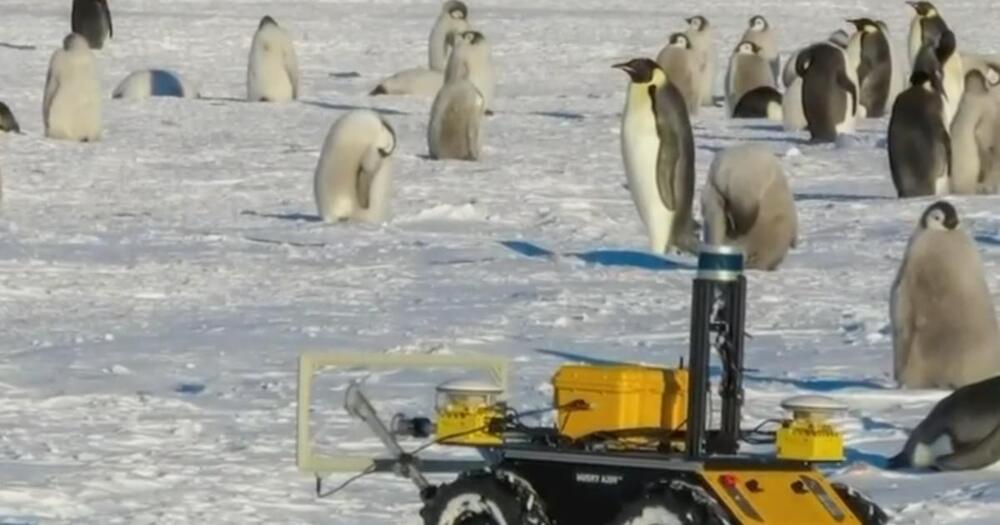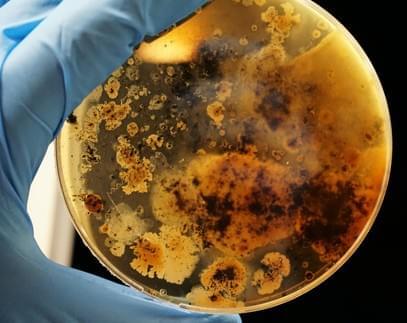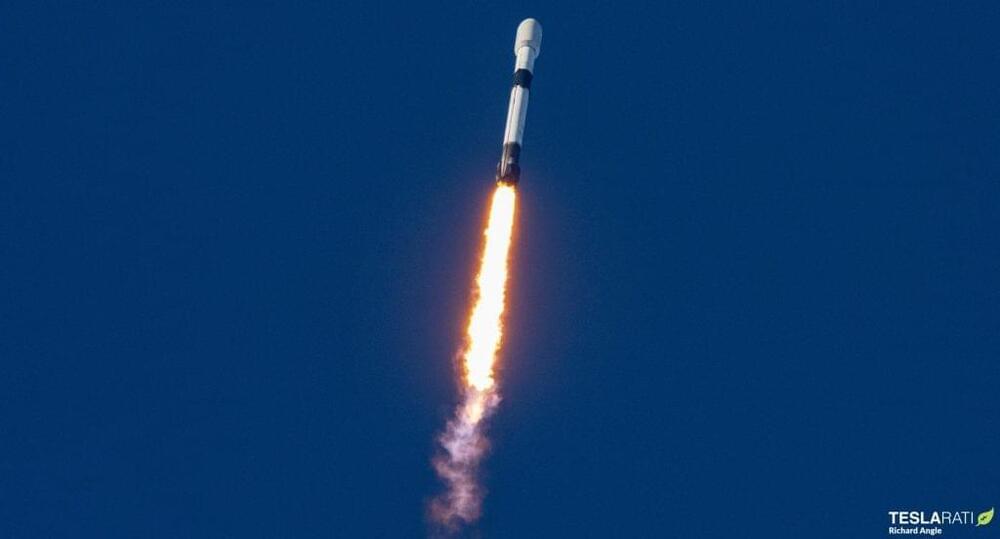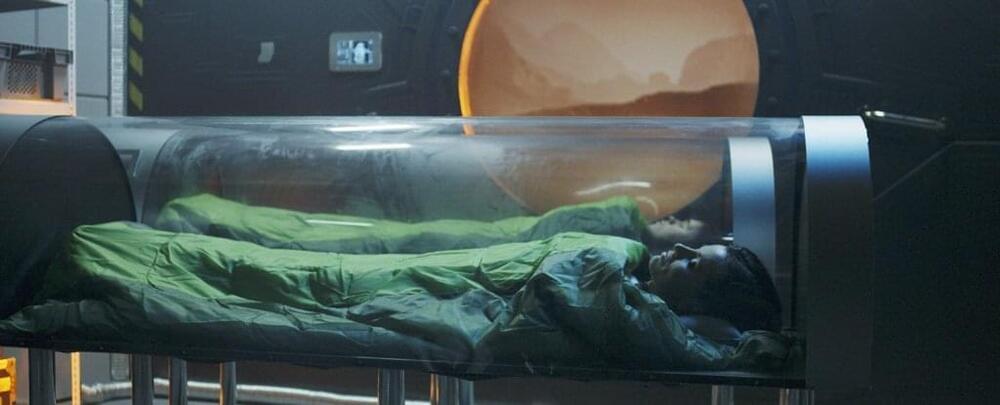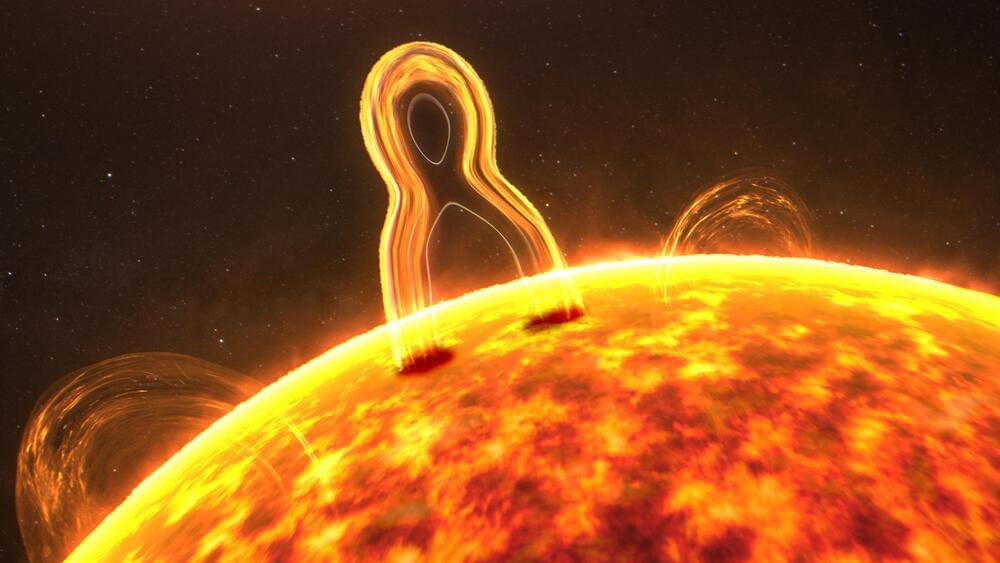ECHO, the robot, belongs to the Woods Hole Oceanographic Institution and rolls around the tundra collecting data used to study marine ecosystems.
The small robot takes readings and collects data like a normal researcher, but his existence allows researchers to collect real-time information year round and minimize the impact their presence could have on the animals’ lives.
Researchers say the penguins seem to be getting along swimmingly with the robot.
